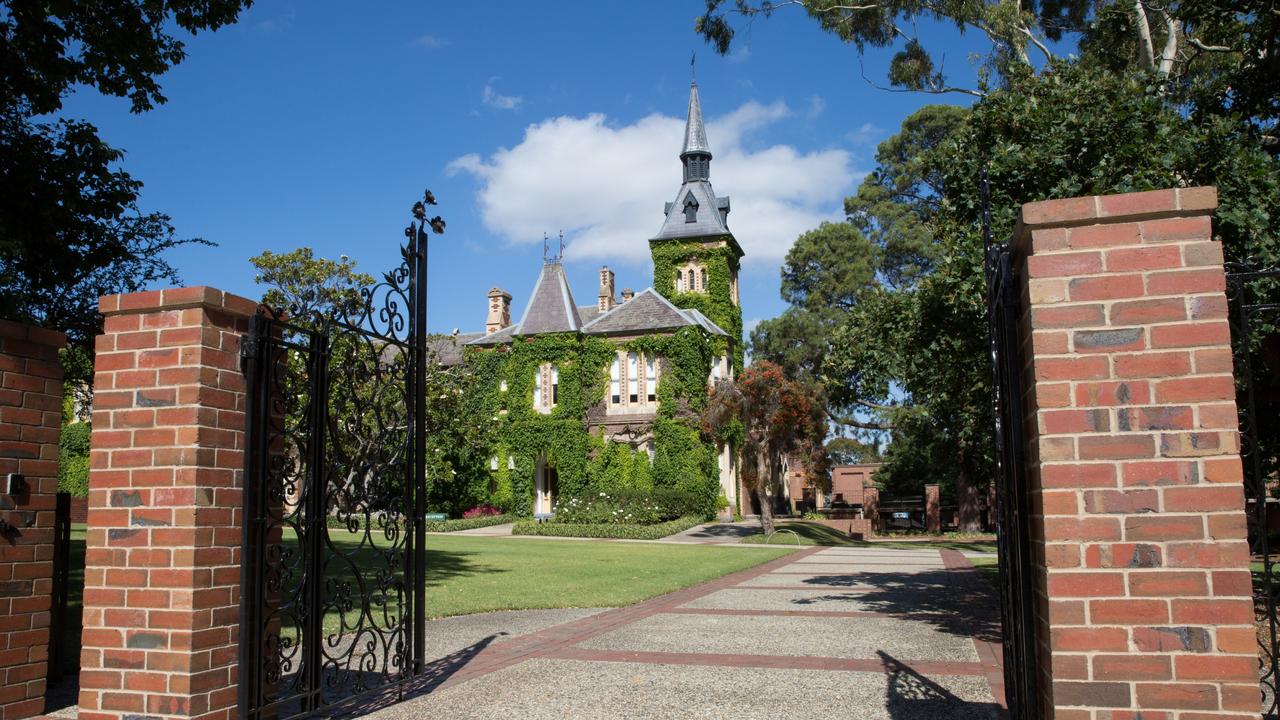Revealed: Geelong’s richest and poorest schools in 2024
Geelong’s richest school pulled in $239.3m in the past five years, while the poorest school’s income was $4.8m for the same time period, an independent analysis has revealed. SEARCH THE LIST

Geelong
Don't miss out on the headlines from Geelong. Followed categories will be added to My News.
Geelong’s top-earning school has taken in $239.3m in five years, while the region’s lowest-earning pulled in $4.8m in the same period.
An independent analysis of school financial records from the MySchool website revealed The Geelong College in Newtown had the biggest gross income from 2018 to 2022 at nearly $240m. In terms of income per student in 2022, it was also near the top of the pile at $38,466, beaten only by fellow elite school Geelong Grammar ($44,400).
Grammar was second for total income over the five years with $227.5m.
The Geelong College acting principal Simon Young said the school’s priority was student experience.
“Our level of income allows us to provide students with a broad range of learning opportunities, from weekly sports coaching and training, to learning support in the classroom, choirs and orchestras, and theatre productions,” he said.

Anakie Primary School had the lowest gross income in the Geelong region with an income per student in 2022 of $19,403.
The region’s second richest school was Geelong Grammar School – Corio Campus, which had a gross income of $227.5m.
Wangala Primary School at Belmont had the second lowest gross income with $4.8m in the five year period.
Geelong Grammar School principal Rebecca Cody said the school operated as a not-for-profit enterprise and all income enabled the provision of holistic education for all students.
She said income also funded the school’s sustainability now and into the future.
“Staff salaries represent more than 60 per cent of the school’s overall costs,” she said.
“The school must also budget for student services, utilities (power and water), building and maintenance, loan repayments, capital projects, catering and cleaning.
“As Australia’s largest coeducational boarding school, such services are expansive.”
Ms Cody said the school had a strong focus on investment choices that prioritised student outcomes and about 90 per cent of the school’s income was derived from fees.
She said a design and building contract for a new, purpose-built junior school at Corio was progressing and the school was reorientating and refreshing existing Toorak campus facilities to reintroduce years seven and eight by 2028.

Independent Schools Victoria acting chief executive Meg Hansen said staff salaries were the largest component of any school’s budget.
She said fees varied with schools’ sizes, parental backgrounds and approach to education, as well as the level of recurrent federal government funding a school received.
Deakin University School of Education senior researcher Dr Emma Rowe said public schools were not adequately funded as governments were not meeting the Schooling Resource Standard (SRS) – an estimate of how much total public funding a school needs to meet its students’ educational needs..
She said however, private schools were exceeding SRS targets.
“It’s not good enough, there are huge consequences when schools are underfunded,” she said.

Dr Rowe said schools had huge pressure to cut costs including number of teachers, infrastructure upgrades and access to specialised equipment.
The figures include all fees, charges and parental contributions as well as state and federal government funding and any other private sources over the five years from 2018 to 2022.
It does not include any deductions for capital works or debt servicing.
The analysis does not include special schools or schools that did not have complete financial data in MySchool for one or more of the five years.
The state government was contacted for comment.
More Coverage
Originally published as Revealed: Geelong’s richest and poorest schools in 2024








